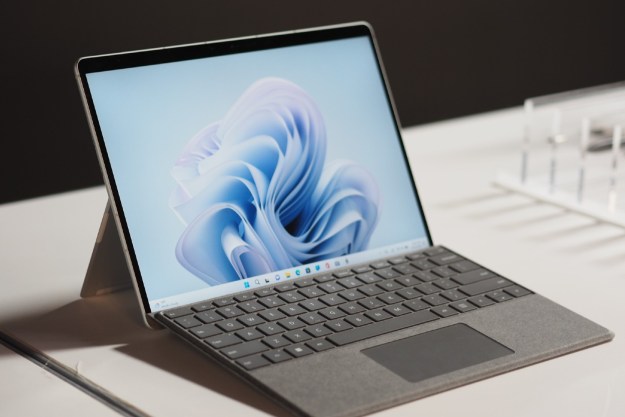Microsoft’s long-rumored, recently leaked Continuum feature is a big one. It’s been cited by many as having the potential to finally make Microsoft a major player in the mobile space, because it should allow you to turn your TV or other display into a simulated desktop, and control if with your phone. A dock, or hub, to make that possible has now appeared on a British retail website.
It’s called the Microsoft Continuum Hub, and it claims, quite emphatically, that with this small plug-in device, you can “turn your Windows Mobile device into a desktop computer.” While it doesn’t quite do that, it would allow users to operated a near-full Windows experience wherever they go as long as there is a large display handy.
Continuum should be expected to add a start menu, scaled applications, and other familiar aspects of a desktop to the smartphone OS, to make for a much more familiar Windows for a larger screen. However, you will continue to be able to operate your phone applications as normal on your handset, so dual screen operation is possible. That means you can continue to take texts and calls, or use any other apps you wish, whilst running something entirely different on your TV or other connected display.
The retail listing is a little misleading in that it suggests through imagery and wording that you need to dock your phone with the hub to make it work, but that’s not always necessary. You can also connect wirelessly over Miracast (thanks Winbeta), which is probably the easier of the two methods.
Related: Acer’s Jade Primo transforms into a pocket PC with Windows 10 Continuum
The device also allows for the connecting of USB keyboards and mice should you wish for a more traditional desktop set-up. However, there is no mention of Bluetooth support, so wireless devices may not be able to connect as of now. Other hubs made by other companies may seek to offer solutions in this area.
Unfortunately, as it stands, there is no pricing information on the site, with the listing simply stating that it is “TBC,” but those with interest can register to receive updates when it becomes available or when more information is released.
Editors' Recommendations
- OnePlus continues teasing the OnePlus 10 Pro, this time revealing top specs
- The Galaxy Note 20 brings seamless Android app integration to Windows 10



